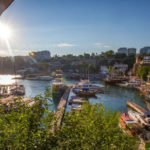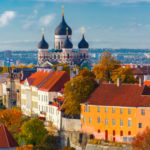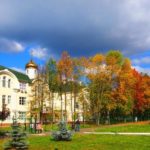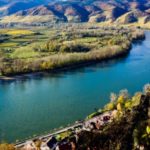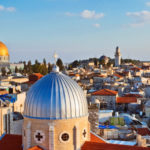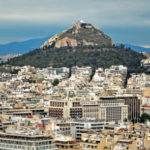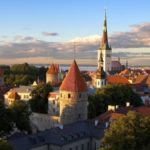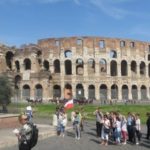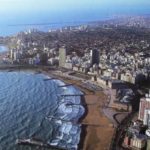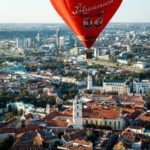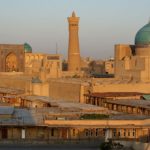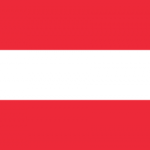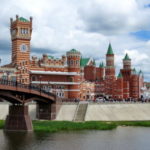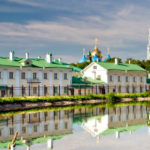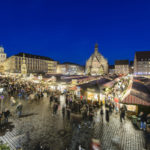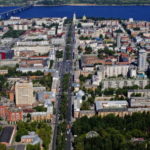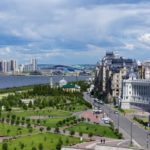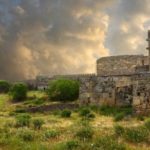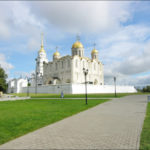Interesting facts about Bratislava
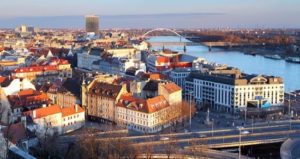 The ancient city of Bratislava managed to change many names and names over many centuries, repeatedly passing from hand to hand. Today it is an interesting historical and architectural cocktail, and in different places you can see buildings from different eras.
The ancient city of Bratislava managed to change many names and names over many centuries, repeatedly passing from hand to hand. Today it is an interesting historical and architectural cocktail, and in different places you can see buildings from different eras.
Before becoming Bratislava, the city at various times was called Prespork and Istropolis (recall that Istra Greeks in ancient times called the Danube).
The Austrian and Slovak capitals share only 55 kilometers, so they are the closest to each other state centers in Europe.
Of all the capitals on Earth, only Bratislava can boast of the fact that it borders the two foreign countries (Hungary and Austria). One of the streets of the capital of Slovakia smoothly passes into the street of a neighboring village in Austria. Before the war from Bratislava to Vienna and back it was possible to reach by tram.
The first permanent settlement on the place of Bratislava was laid in the Neolithic period.
In the 1980s, Bratislava undertook the construction of the metro, but soon the project was frozen, so nothing was built.
Bratislava Castle is not a genuine ancient castle, but a copy of the ruined palace built in the second half of the 20th century. The castle burned down in the early 19th century and for more than 140 years lay in ruins until funds were found for its restoration.
In Bratislava, there are ruins of a more legendary castle – the fortress of Devin. The ancient stronghold was blown up by the soldiers of Napoleon, and in ruined form it became one of the symbols of Slovakia.
In Bratislava, a mausoleum was erected on the embankment for the renowned rabbi Khatam-Sofer, who, after its opening in 2002, became a true pilgrimage site for Jews. The money for the construction of the object was collected thanks to the donations of Jews from all over the world.
One of the oldest buildings in Bratislava is the Mikhailovsky Gate, built in the city back in the Middle Ages. Earlier, the tower with a gate was equipped with a moat, a lifting bridge and a grate.
The Bratislava SNP Bridge is the only bridge in the Slovak capital, no one support is installed in the channel of the Danube. It is this bridge that is considered to be the largest in the city. It is part of the World Federation of High-rise towers, although it is the smallest of the objects in it and the only height is below 100 meters.
At the onset of Napoleon’s troops in the building of the town hall of Bratislava, a cannonball was found, which is still stored there.
The old bridge in Bratislava was built by soldiers of the Red Army and German prisoners of war, as fascist troops during the retreat damaged the previously existing bridge crossing.
In Bratislava, there are several unusual monuments, the most famous of which is “The Man at Work”. It’s a bronze figure in a helmet and jacket, coming out of the sewer hatch. There is also a monument to the photographer in the Slovak capital, who furtively peeks out from behind the corner of the house.
Many streets in Bratislava in strategically important places turn 90 degrees – the city was designed so that the enemy was harder to shoot a cannon or rebuild their soldiers.
The most expensive hotel in Bratislava was designed by the same person as the Titanic.
In Bratislava in 1924 the first building in the Balkans was built, consisting of 9 floors. In it, the first elevator in the region was installed.

